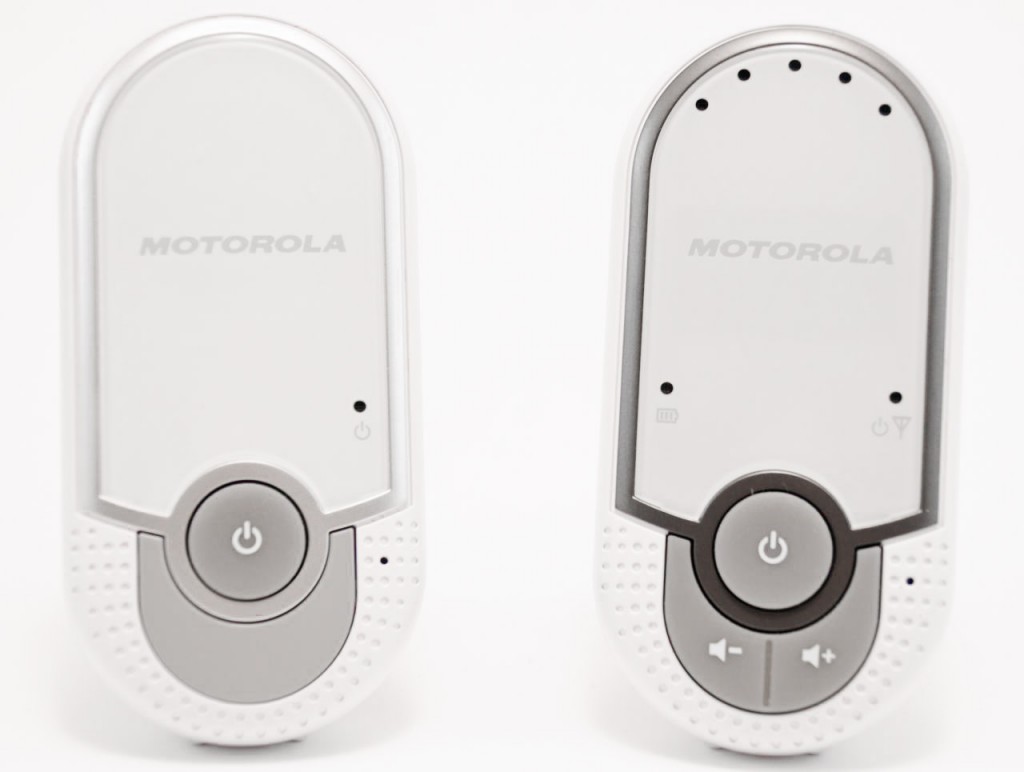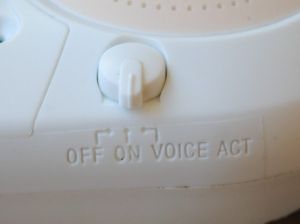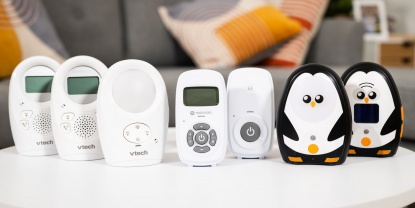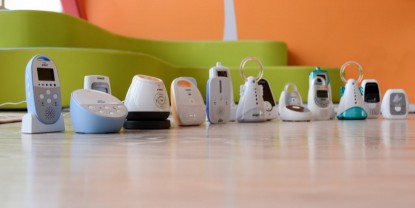Motorola Digital Audio Monitor Review

Our Verdict
Our Analysis and Test Results
Motorola managed to deliver strong technical performance in this monitor for a compelling price. However, the monitor also has several shortcomings we find serious and unfortunate.
Likes
The monitor is simple, you turn it on and it works. No muss, no fuss, nothing to set. And, on technical metrics like range, clarity, and immunity to interference, the monitor did very well, speaking to key issues that parents complain about low-cost monitors.
Dislikes
This monitor had the lowest sound volume of any monitor we tested. Competing monitors like the Sony allow you to turn up the volume so as to amplify baby's sound. But even at full volume, you could easily have the sound drowned out by background noise.
The Motorola monitor includes a sound activation feature, which we think is great and very helpful. However, Motorola provides no way to turn the sound activation feature on and off. We also think that Motorola has set the factory default for the sound activation level too aggressively. As a result, the monitor is very often dead silent, completely filtering out any and all noise from baby's room. While this is the idea of sound activation, in their case it is so dead silent that you pretty much can't tell if it is working.
Most competing monitors that implement sound activation provide a simple switch or other user-control that lets you turn on or off Sound Activated functionality, or control the sensitivity level.
Between the monitor's quiet max volume level and the sound activation feature turning off background noise, we constantly found ourselves wondering during our testing and use of the Motorola Digital Audio Monitor if it was actually working. As far as we could tell, it always was working, and it did activate in our tests when the baby cried. But, the purpose of a baby monitor is to relieve your anxiety, not provide something new for your sleep-deprived brain to obsess about.
We felt anxious using the Motorola, because of the uncertainty it was working. We think you will too. And, we're totally battle hardened parents. For a first time parent of a newborn, this little issue could be a major freakout.
It's a problem.
If you read user reviews of the Motorola Digital Audio monitor, you'll see a pattern of parents who felt the monitor was “too quiet” or “didn't activate when the baby cried,” or “we couldn't tell if it was working”, or sometimes worse like, “it wasn't working and we didn't know.” We tested volume level with a sound meter and agree that the monitor is too quiet. Our belief is that many of these parents were probably experiencing the same anxiety that we did, due to the disturbing silence of the monitor's too aggressive factory setting for sound activation, and the lack of any switch or control to either turn the feature off or modify the sensitivity level.
Conclusions
We think Motorola made a serious design error in their sound activation feature, and that, combined with low-volume levels, is a deal killer for us. We would not recommend this monitor to a friend because of it.
Instead, we advise you to look at the Sony BabyCall, which won our Best Value Award, or if you need more range than Sony delivers, consider stepping up to the Angelcare Sound or one of the more expensive monitors in our review.





